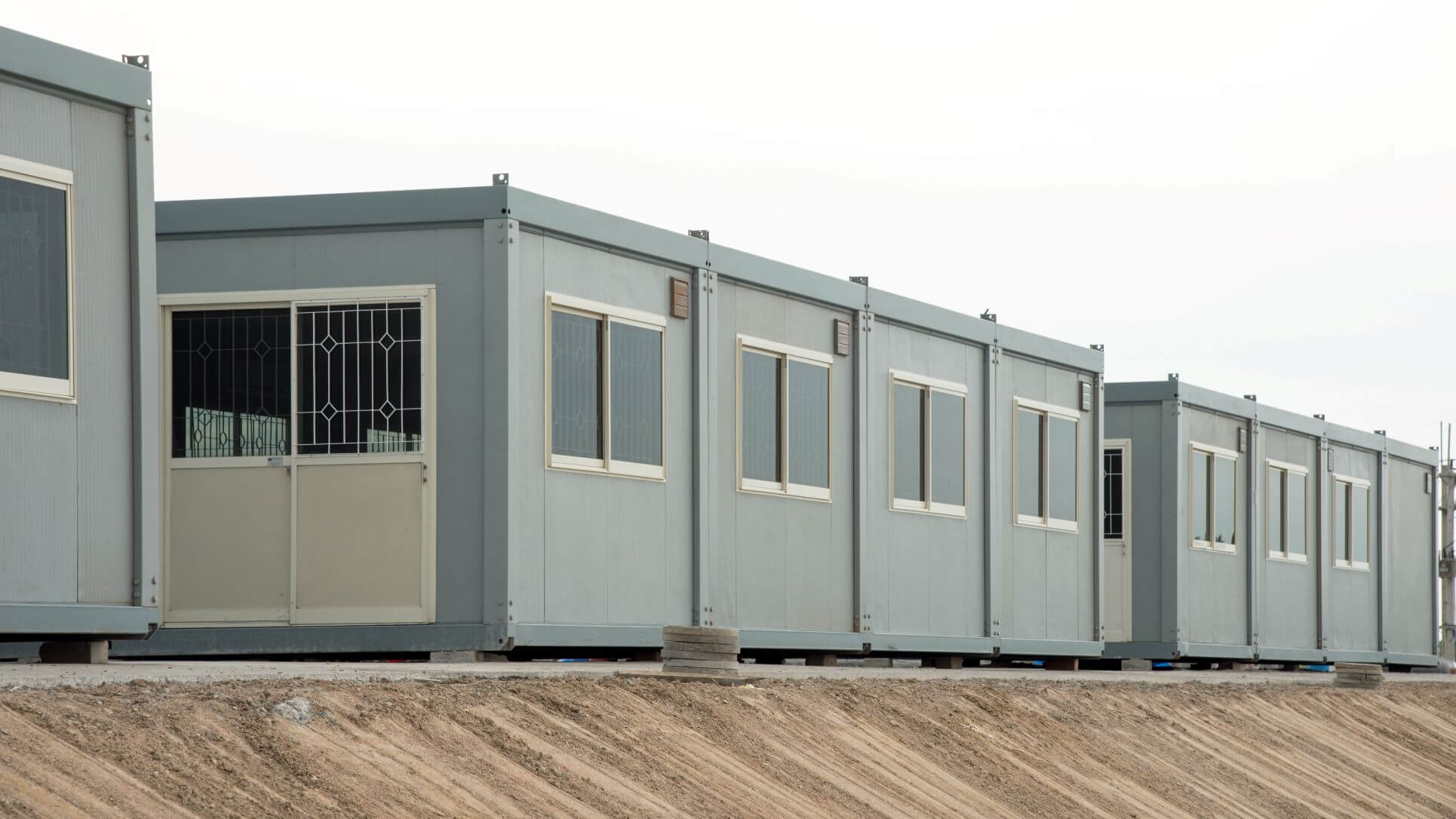
Workforce housing is necessary for industries operating in remote locations, like oil and gas, mining exploration, and research. Since these sites are often far away from cities and residential areas, workers need temporary accommodations to keep them safe throughout the operation.
One of the best options for workforce housing is modular structures. These are transportable units delivered by parts and assembled onsite. They vary in size, materials, and layout, which makes them suitable for various applications. These structures also offer many advantages for employers and workers.
Here are six benefits of modular structures for workforce housing:
- Customizable Layout
Modular structures are suited for stacking and combining to create more space and accommodate more people. Its design allows full layout customization to ensure the workers can live comfortably and efficiently even when working in a remote location.
The versatility of modular structures allows a wide range of choices in man camp floor plans. You can maximize the space so more workers can sleep in one unit without compromising safety. You may also include a functional kitchen where they can prepare home-cooked meals to make them feel more at home.
The customizable layout of modular structures also enables better traffic flow. A room with ample space for movement promotes safety and prevents injury-causing accidents.
- Convenient Transport
Transporting accommodations, equipment, and vehicles is one of the toughest challenges when operating in remote locations. Therefore, a workforce housing option that’s easy to move is imperative.
Modular structures allow convenient transport. Most modular systems come in compact kits and smaller parts that are easy to move via land. These units are also made with lightweight materials to save on shipment costs.
- Comfortable Accommodation
Providing comfort and safety for workers is required, especially in remote locations. Since the worksite is far from hospitals, taking care of everyone’s well-being is a priority. Therefore, accommodations that offer this benefit is necessary.
Modular structures are designed to provide comfort as a typical home does. They have proper insulation, an HVAC system, and efficient lighting. When you combine two or more units, you can create a bigger space for lounge and dining, where workers come together to socialize during their rest days.
Workers’ safety is crucial to the whole industry. With practically designed modular homes, you can help keep them comfortable, safe, healthy, and strong enough to do their tasks.
- Quick Assembly
Operations in remote locations have no room for delays. Factors like wind, storms, and extreme cold or hot temperatures also require fast assembly of workforce accommodation to maintain health and safety. In this case, a workforce housing option that’s quick to build is the best choice.
Modular structures are quick to assemble. Depending on the type, smaller buildings may only require a couple of days for installation, while bigger ones may take up to a week. Some prefabricated modular homes enable complete assembly within a few hours. These timeframes are shorter than conventional mortar and brick construction.
- Cost-Effective
Finding the most cost-effective options for workforce housing is vital to the cost of the operation. Modular structures are economical since they’re low-cost compared to constructing permanent buildings.
Choosing modular structures for workforce housing saves time and money. Since they’re easier to build, they will require fewer people during assembly. You can also save on the overall labor cost since they may only take hours or days to finish.
Another factor that makes modular homes cost-effective is the opportunity to reuse. When you move to a different site, you may disassemble the units for transport or store them in a warehouse until the next expedition starts.
- Saves Space
Space maximization is essential when working in a far-off location. Although a vast space is available, building accommodations too far from the actual worksite can negatively impact productivity and safety.
Modular structures are efficient space savers. Most units are stackable, so you can maximize a limited land area to accommodate more people comfortably. You may also use the excess space to build more storage for workers’ items, vehicles, and tools.
Furthermore, the flexible floor layout of modular structures is suited for saving space when necessary.
- Low Environmental Impact
Reducing the environmental impact is key to keeping your operations ethical and eco-friendly. One way to obtain this goal is to pick construction methods requiring a smaller footprint. In this case, modular structures are a smart choice.
Modular structures have a low environmental impact, considering the fabrication, transportation, and assembly. The primary material of these units is steel, which is highly recyclable and reusable. They also require less energy during transport since you can move them flat-packed.
Lastly, modular structures don’t leave a permanent mark on the land it’s assembled. They don’t require heavy site preparations. The units are ready to install so long as the ground is flat and leveled. In most settings, deep excavations and concrete pouring aren’t required.
Conclusion
The benefits of modular structures solve many challenges in providing workforce housing. These buildings offer convenience and safety across different industries, making them the most practical choice.
Thanks for signing up to Minutehack alerts.
Brilliant editorials heading your way soon.
Okay, Thanks!